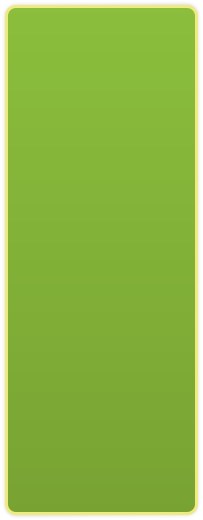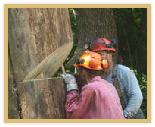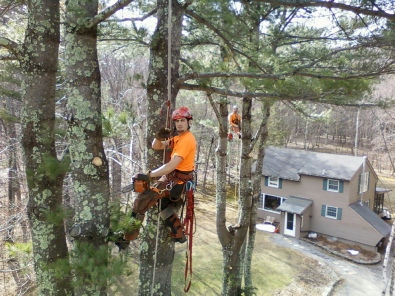

The Hudson Valley’s Premier Tree Service
• PROFESSIONAL • RELIABLE • INSURED •
845-750-6295
Pruning • Removal • Cabling • Consulting • View Maintenance • Stump Grinding • Plant Health Care
Let’s Work Together to Care for Your Trees

The simple answer is no, though much depends on the tree species and size and application of the pruning cut. Just like humans, trees have evolved with biological responses to wounds that help protect against infection and decay. Trees are well equipped to close small wounds however, trees cannot protect themselves from large wounds because the innermost tissues are not biologically active like the outer growth rings. These inner tissues can not fend off decay causing bacteria nearly as well as the active growth rings can because they cannot create the wound wood needed to cover over the cut. Quite often the tree will not be able to close over a large wound before decay sets in. This can be the first step in a long process that can lead to the tree's eventual premature demise. Interestingly, softwood trees such as pines have a thicker layer of active growth rings than hardwoods and can therefore more effectively close larger wounds.
Will pruning the tree hurt it?

Studies have shown that treating a tree wound does not help the tree and can actually accellerate decay. The thought is that the treatment will hold moisture against the wound and, like on human wounds, create an ideal environment for decay causing bacteria to grow. As a rule, it is best to leave the wounds untreated and keep them as dry as possible, allowing the tree's natural responses to do what they've done for millions of years.
Should the pruning cuts be painted or treated?
The old saying goes... "The best time to prune a tree is when you have the time." The unspoken wisdom in that saying is that trees are very resilient and can handle pruning whenever it is done. That said, there are always exceptions and the main two are that pruning during the flowering or fruiting stages of trees is discouraged because the tree can expend extra energy healing the many small wounds caused by the pruning process, thereby possibly reducing fruit production. The other exception is that select tree species are vulnerable to bacteria or bugs that are only active at certain times of year, so those trees should not be trimmed during those times.
Is there a right or wrong time of year to prune?



Topping is perhaps the most harmful tree pruning practice known. It is usually done to reduce the height of a tree. Often, homeowners top their trees because they feel that they have become too large for their property. However, topping will make a tree more hazardous in the long term and is very harmful to the health of a tree.
Can we top our tree?
What is the difference between a “tree guy” and a Certified Arborist?

“Think trees, think
Limber Tree”

Your neighborhood ‘tree guy’ is an amateur who happens to know how to run a chainsaw. He has only learned by experience and is most likely not formally trained in proper techniques.
Arborists are trained professionals who are knowledgeable and equipped to provide proper tree care. They are specially trained to provide a variety of services to maintain trees. ISA Certified Arborists are individuals who have achieved a higher level of knowledge in the art and science of tree care through at least three years of experience and have passed a comprehensive examination. They are also required to continue their education in order to maintain their certification, ensuring their knowledge is updated on the latest arboriculture techniques. Certification provides a measurable assessment of an individual’s knowledge and competence required to provide proper tree care.